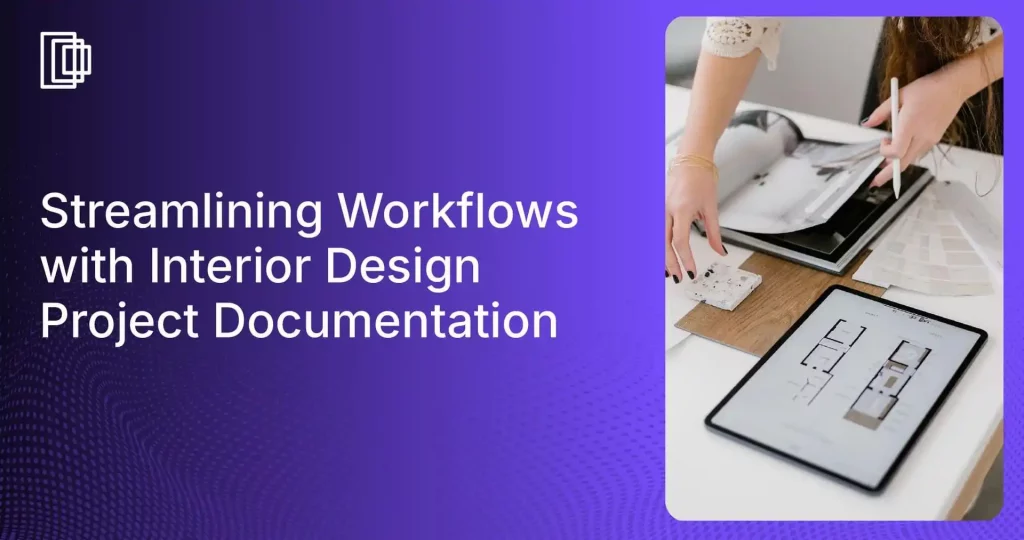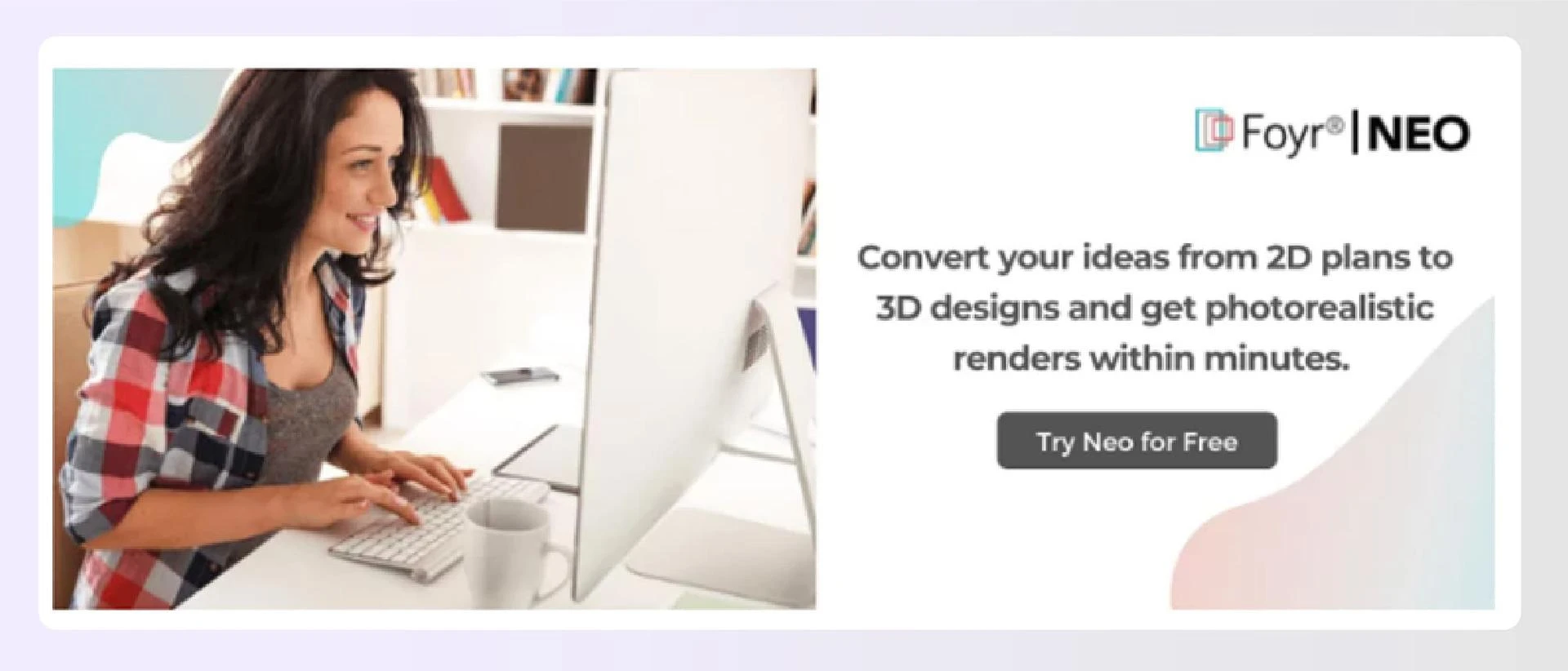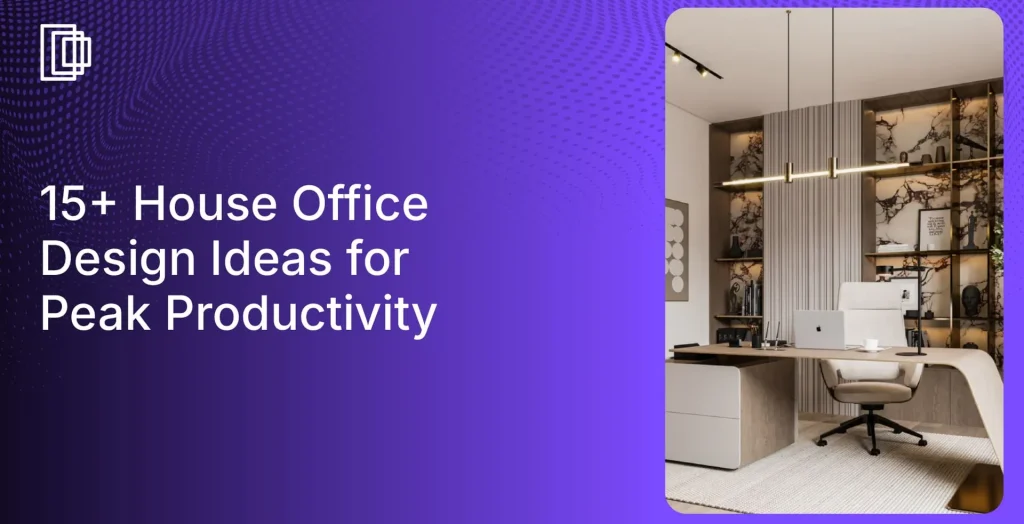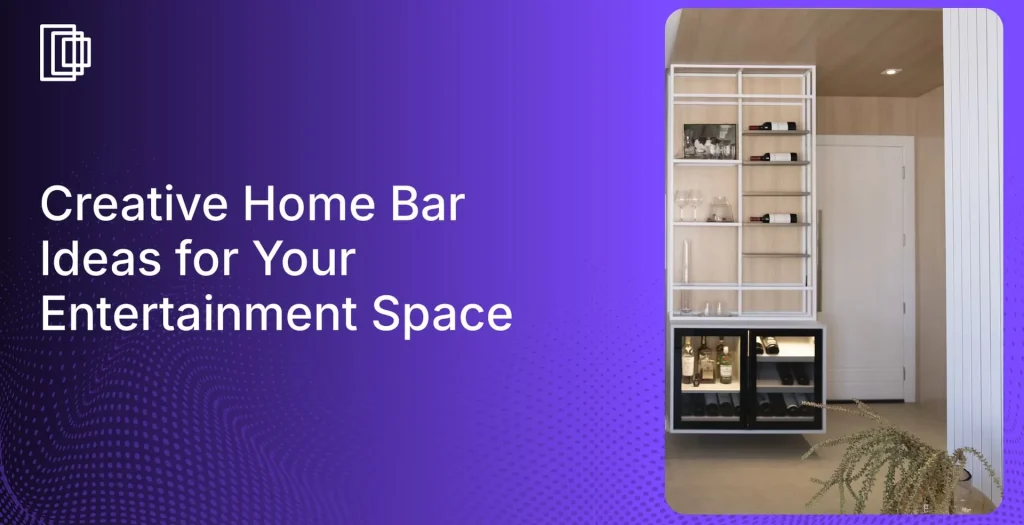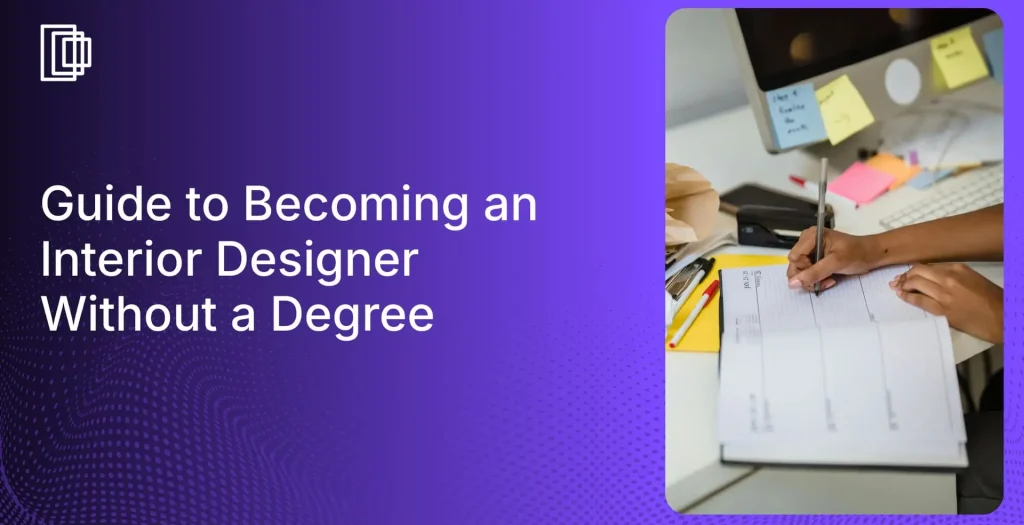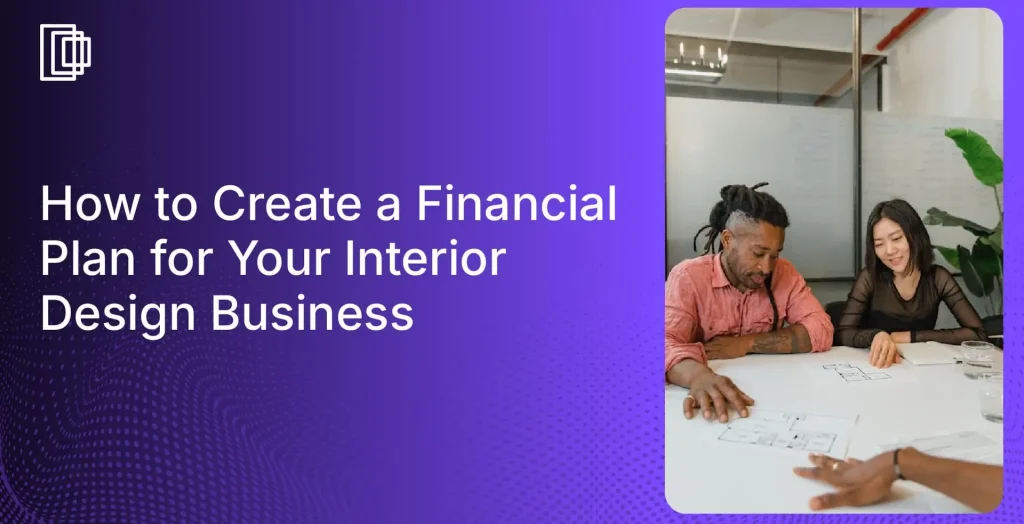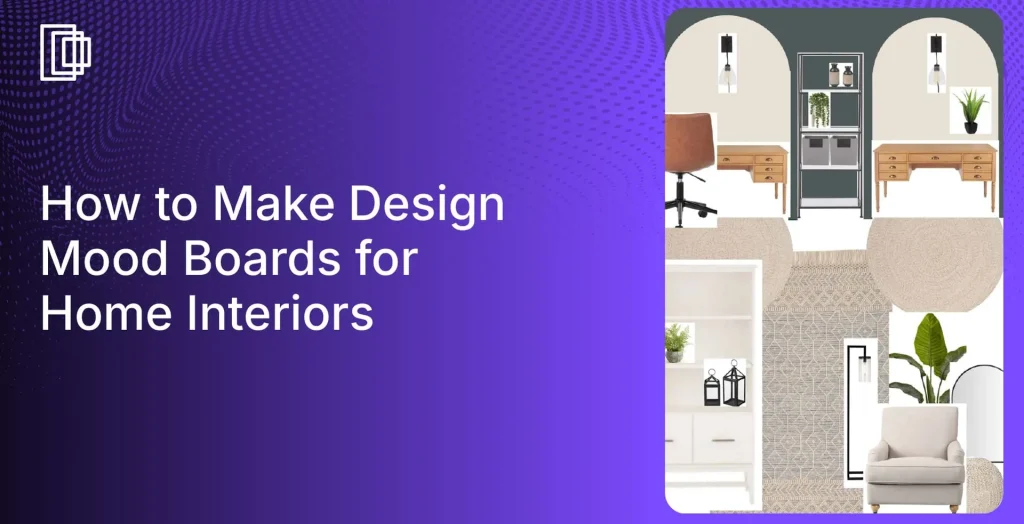It is a well-known fact that a systematic approach should be on top of the priority list for any design firm to be successful and consistent when creating comprehensive interior design project documentation. It is in the benefit of all shareholders involved to have orderly interior design project documentation from when the firm first contacts the client right up to the handover and post-handover stages.
This helps keep track of all the work involved, and the data acquired can also help the firm decide on funding and marketing strategies. This interior design project documentation process involves everybody connected to the firm, from employees to potential and existing clients. It also gives your firm the room and opportunity to build on its success and learn from their mistakes.
Read also – 13 Expert Tips To Get New Clients For Your Interior Design Business
What is Client Process Documentation?
A client process documentation, also known as interior design project documentation, is an offshoot of basic business process management systems that details and documents every stage of your journey with the client. You can view the process in multiple ways. The most common type of visual representation is a flowchart where you can see the whole perspective from the manager to the employees and their respective workflows.
A thorough interior design project documentation process can be the deciding factor in creating a successful practice. A good project description should easily be able to achieve its primary goals like a streamlined client onboarding process, seamless information transition from employee to employee, transferring required information and data to the concerned and parties involved, e.g. contractors, vendors etc. and subsequently keeping track of client handovers and post-handover relations.
Read also – how to create a interior design portfolio
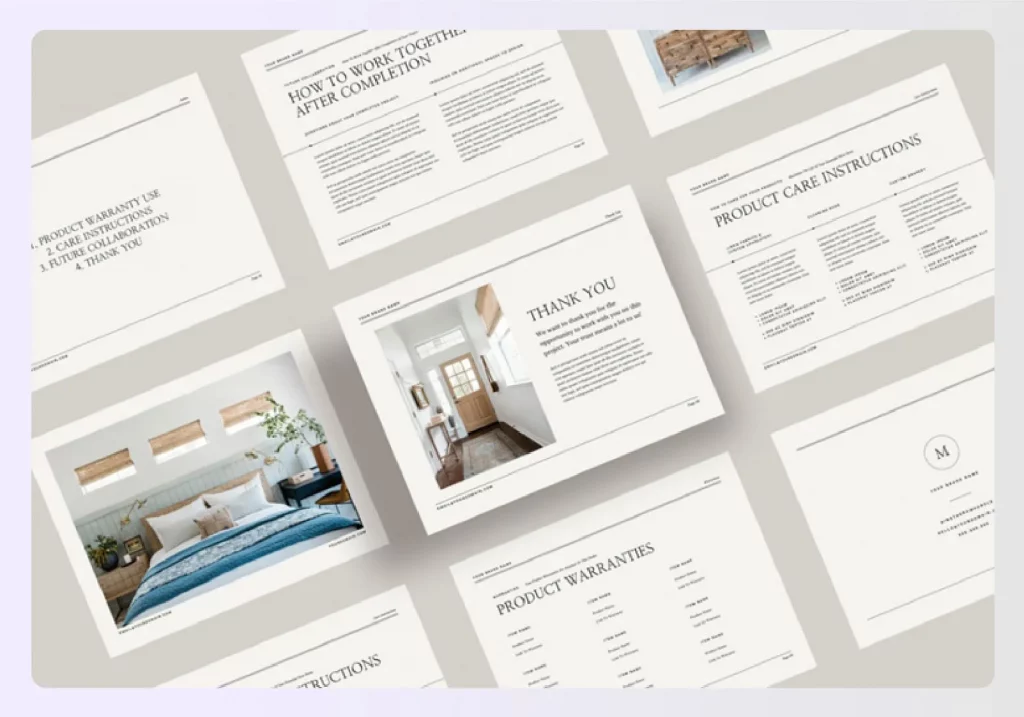
This would finally lead to you spending less time and power explaining the process to your employees and figuring out the paperwork involved while onboarding a client. There are also several templates like email templates that you can use to spend less time writing out an email every single time. You can empower your firm to accept clients faster and provide successful results, just like a well-oiled machine.
You should effectively document every step from when the potential client finds you or vice versa to brainstorming ideas with your team, contacting contractors and vendors and finally handing over the finished product to the client.
Apart from the common goal of keeping all parties involved aligned on the same track, the successful client process documentation system also serves as a guide for the designers involved in documenting a client or design process. This helps negate any miscommunication or confusion that can arise and acts as a reference document if you need to look through your earlier projects for some inspiration or reference. There are several interior design project documentation templates available online to make your job even more accessible.
Read also – 20 Best Client Presentation Ideas for Interior Designers
Why Do Interior Designers Need Client Process Documentation?
It may be difficult for the creative brain to comprehend the need for such extensive interior design project documentation and spend time on creating such process documents. But it’s important to know that the interior design business is no different from any business when running a commercial enterprise.
In the case of start-ups, when there are very few employees, their hands are full with not only the design aspect of the firm but other branches as well like marketing, financial management etc. All of this could cripple your effectiveness in providing design services.
When your firm suffers from mismanagement, it leaves a bad taste in the client’s mouth and, more often than not, goes looking for other designers elsewhere. Hence, you must invest in your interior design project documentation toolkit as soon as possible to enhance and maintain consistency in your day to day business.
Read also – 10 Tips To Run A Profitable Interior Design Business
Benefits of Client Process Documentation
There is nothing but innumerable reasons why you should immediately implement an interior design project documentation procedure. A correctly filed document can help you analyse every part of the process and provide much-needed context to elevate the process further. There are six main benefits of having a schematic client process documentation procedure in place if we narrow it down.
- On top of the list, it saves a lot of human hours and money spent in conversing and drawing up paperwork required for a project. With an automatic system in place, you can do it effortlessly and in half the time.
- It significantly reduces the margin of error since you are just recycling the framework for newer projects. Since you don’t start from scratch every time and have a proven system working behind the scenes, you can be sure of not making any fatal mistakes.
- It streamlines every task and procedure, creating a standard code of conduct for everybody to follow. This helps in creating a formal framework for all parties to dwell in.
- Since you can save on time and money, you will be able to process new clients and consultations faster and more effortlessly. This will result in a considerable rise in business income from potential leads, new projects and improved lead conversion.
- Having robust interior design project documentation also make your interior design process more efficient. Since you have a constant reference point for the client’s likes, dislikes, and tasks that need to be addressed, you can be creative with a particular goal in mind.
- It’s all about the numbers when you have a lot of data to analyze. By looking at several client documents at once, you can create a comparative analysis that can give you an idea of what’s working and what’s not.
Read also – 10 Best Client Management Tips for Interior Designers
Parties Involved in Client Process Documentation
The interior design project documentation involves three parties:
- The Internal team (aka project team)
- The External team (aka contractors and material vendors)
- The Client
1. The Internal Team
The primary responsibility of initiating and updating the process documentation falls on the project team. While executing the project, the primary team should ensure that all the tasks are regularly recorded and no process goes unaddressed.
However, if you feel like the primary team should devote its entire team to the creative process, you can hire a specialist to keep track and take care of the documentation procedure. Hiring a project management specialist can help your team divert their full attention to undertaking the project tasks. The specialist can maintain a bird’s eye view of the whole process guiding everyone involved.
Read also – Guide To Interior Design Project Management
2. The External Team
The external team consists of people you require for the project to be completed in due diligence. Although it’s not their responsibility to update the process documentation, they can give you timely updates, e.g. delivery of material schedules etc., so that the primary team can plan accordingly.
They are also instrumental in providing you with the required warranties and guarantees for their materials and services, which you will pass on to the client later. Hence they should be an integral part of the documentation to have a seamless experience.
3. The Client
The client is the essential part of the design development system since that’s what your entire documentation and business income are based on. Thorough documentation can help you get an excellent idea about the requirements for the client ad draft a good design accordingly. Moreover, impressing the client with your systemic approach can impress and lead to more sales if the client refers you to their contacts.
Read also – How To Create A Successful Interior Design Website?
10 Steps on How To Create a Client Process Document for an Interior Design Business:
The extent of how complex interior design project documentation can be directly depends on how large the project is. Smaller projects require fewer details and can be handled easier than more significant projects.
Hence, there must be a guide or pointers in place so that you ensure the documentation is carried out appropriately, irrespective of the size and scope of the project. The following is a 10 point checklist you need to follow while preparing an exhaustive interior design project documentation.
1. Scope and scale of the project
Before starting any process document, the priority is to understand the scope and scale of what the client requires. Comprehending this will answer more questions like the objectives the client wants to achieve, what existing changes are to be made and what exactly you need to offer as your services. After you understand the scope, you can create a brief about the client’s primary and secondary objectives.
Read also – How To Pick The Right Interior Design Clients and Projects?
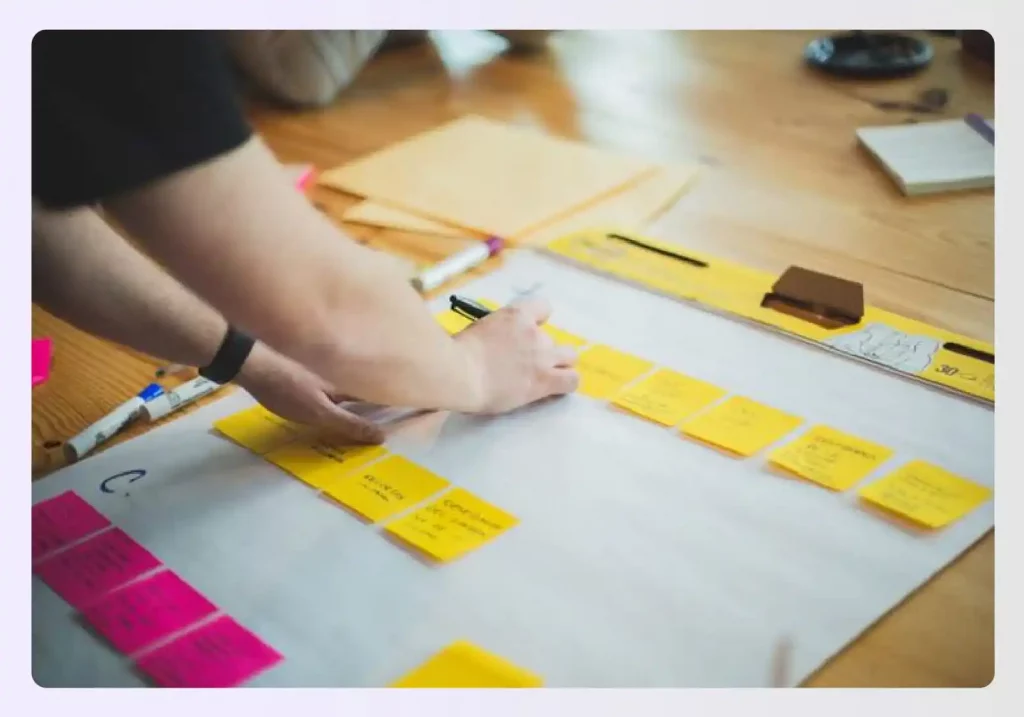
Image Credit: pexels.com
2. Listing required resources
You can briefly list down what you require to see the project to fruition. The requirements can be anything from a contractor specialising in a specific job or a material vendor with some exclusive products. This can also help you draw up a more accurate budget for the project and move on to the design phase.
Read also – 15 Steps To Prepare An Interior Design Contract
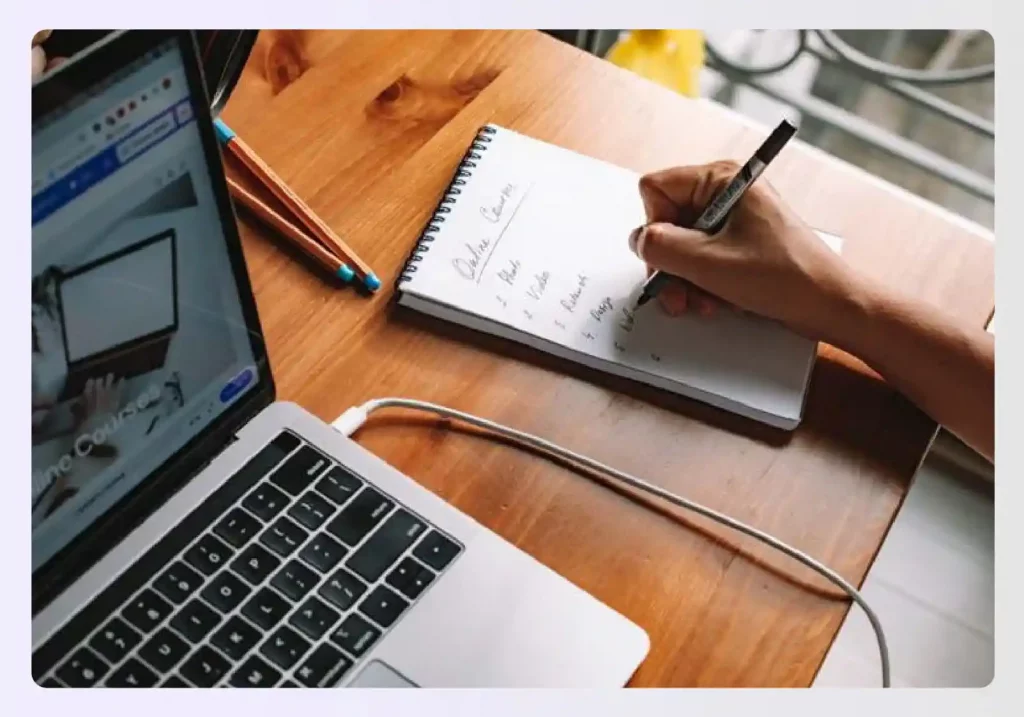
Image Credit: pexels.com
3. Know your client
A thorough KYC is needed to match your and the client’s expectations and craft a design proposal. You can ask the client to fill out a well-prepared questionnaire that would automatically describe the client.
It is a pointless exercise if you don’t get familiar with the client and understand their likes, dislikes and requirements. Only if you get a brief idea of what they want can you deliver an effective result.
Read also – 15 Best Client Retention Strategies for Interior Designers

Image Credit: pexels.com
4. Enlist the team involved
Clearly, a state in which team members have been delegated their respective tasks and responsibilities. This helps interior design clients know who they should contact in case of queries and avoid any miscommunication between the team members.
Read also – 15 Ways To Improve Customer Service for Interior Design Business

Image Credit: pexels.com
5. Collect data
Have a brainstorming session or discussion, develop ideas for the project, and list down the tasks involved accordingly. The data collected can be derived from the perspectives of all three parties, namely the client, contractors and your interior design project team as well.
Read also – How To Create Interior Design Packages for Your Business?

Image Credit: pexels.com
6. Piecing together all the information
Once you have finished all the above pointers, it is time to list down all the steps, data and deliverables involved in the design work. You have to make sure that you arrange the tasks in the correct workflow order for better communication.
It is advised you use easy, concise notes and terms along with milestones so that even the client can understand where exactly the project is headed and where the project currently stands.
Read also – Guide To Profit Margins for Interior Design Businesses

Image Credit: pexels.com
7. Flowcharts and graphs
This step can break the communication barrier between all parties involved. Creating a visual flowchart of the project workflow can help everybody grasp the information more quickly. Especially team members that are onboarded at a later stage. You can enlist the help of apps like Canva for a quick and easy turnaround.
Read also – Guide for Interior Design Business Startup Costs
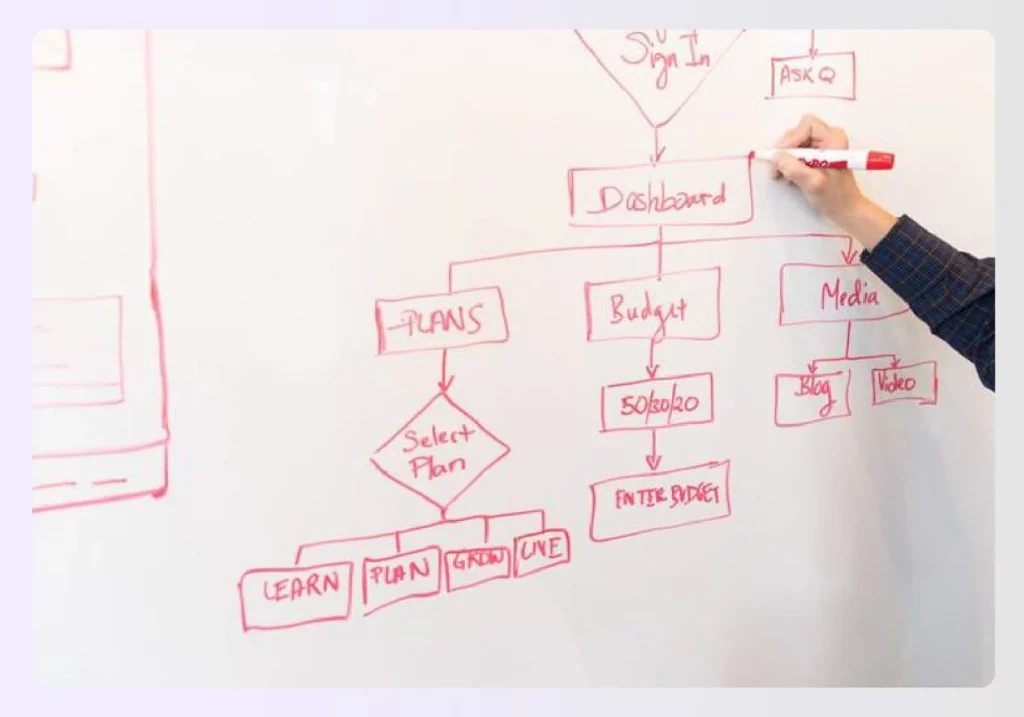
Image Credit: pexels.com
8. Ask for feedback
After you complete the process and draw out the whole workflow, please share it with your team members and clients for a round of feedback. This is crucial in knowing if you missed out on addressing the client’s needs and you may also get ideas on how to do a specific task faster and better.
Read also – Business Structure for Your Interior Design Business

Image Credit: pexels.com
9. Optimize
The feedback data should be incorporated into your process and optimized. You can choose to repeat this task until all parties are agreeable to the complete client process documentation.

Image Credit: pexels.com
10. Publishing the process
Once you are ready with the document, you need to make it available for the client and your team members to oversee. You can use software like Trello or maybe a customised company portal for the client to access and view the document.
Additionally, you can update project floorplans, elevations, renderings, space planning ideas and mood boards referring to the design style that is mutually agreed upon to avoid miscommunication. You can also ask them to provide feedback during the process execution if required freely. This helps to maintain transparency and elevate the client experience.
Read also – 35 Best Collaboration Tools for Interior Design Business

Image Credit: pexels.com
Conclusion
We assume that you have understood and would implement a client process documentation procedure. Each stage of the interior design process will be made easier and more efficient if you have the correct business tools. Foyr Neo is a powerful interior design platform designed specifically for you, the designer. With a set of powerful tools, you can go from idea to photo-realistic rendering in minutes, including:
- The option to select from thousands of pre-loaded objects such as furniture, plants, accessories, and more—or upload your own 3D models to produce the precise design your clients desire.
- On-demand production of 12K photo-realistic renderings.
- Advanced lighting and visualisation options are available.
- Capabilities to do real-time 3D editing.
We enable designers to spend less time with software and more time with their clients by merging the capabilities of various tools into one platform. Foyr Neo is now available for a 14-day free trial, allowing you to explore the potential of infinite creation.
Frequently Asked Questions(FAQs)
1. What does an interior design project include?
An interior design project typically includes space planning, layout development, material selection, lighting design, and furniture arrangement. It also involves creating detailed drawings, 3D visualizations, and mood boards to communicate the concept. The designer coordinates with vendors and contractors to ensure the final design aligns with functionality, aesthetics, and client preferences.
2. How do you describe an interior design project?
An interior design project is a creative process that transforms a space into a functional and visually appealing environment. It begins with understanding the client’s goals, lifestyle, and budget, followed by conceptualization, material selection, and execution. The project combines art, architecture, and ergonomics to deliver a cohesive and personalized design experience.
3. What is the 3-5-7 rule in interior design?
The 3-5-7 rule in interior design emphasizes visual balance by grouping objects in odd numbers. Designers often arrange accessories, artwork, or decor pieces in sets of three, five, or seven to create harmony and movement. This rule prevents symmetry from appearing static, adding depth, rhythm, and a naturally pleasing aesthetic to interiors.
4. What is the 3 4 5 rule in interior design?
The 3-4-5 rule in interior design is often applied to furniture arrangement or space proportion. It guides designers in creating balance and flow by ensuring varied dimensions among grouped elements. For instance, using three tall, four medium, and five small items establishes hierarchy and visual rhythm, making the composition more dynamic and cohesive.


